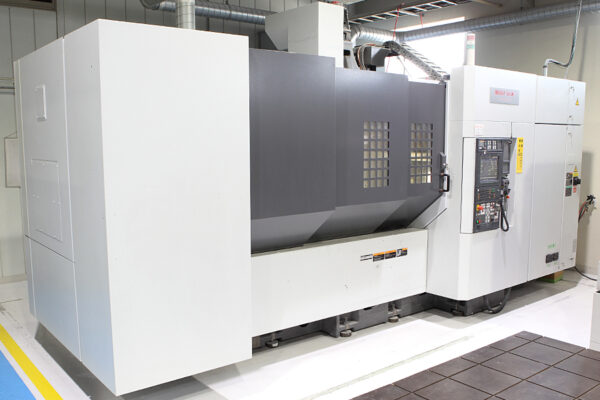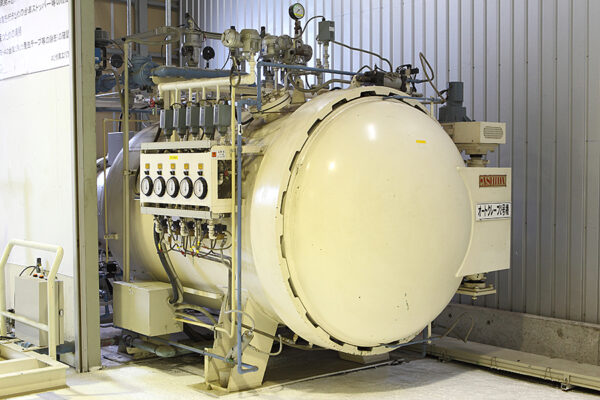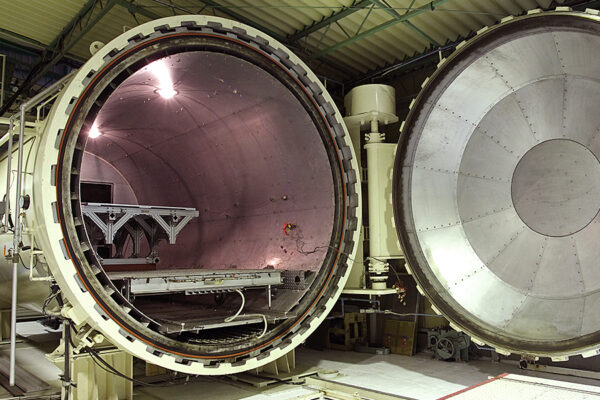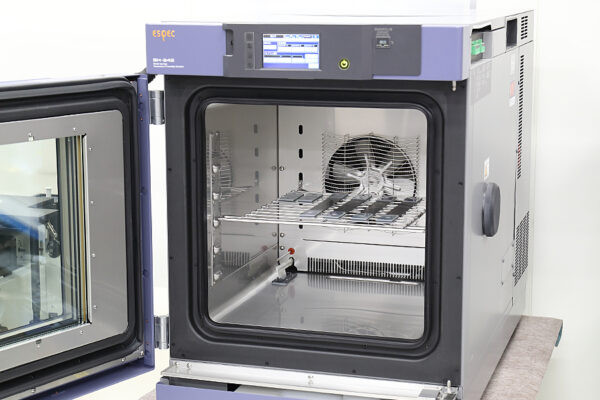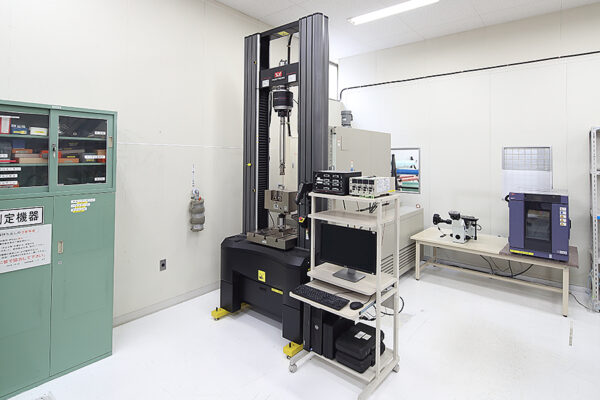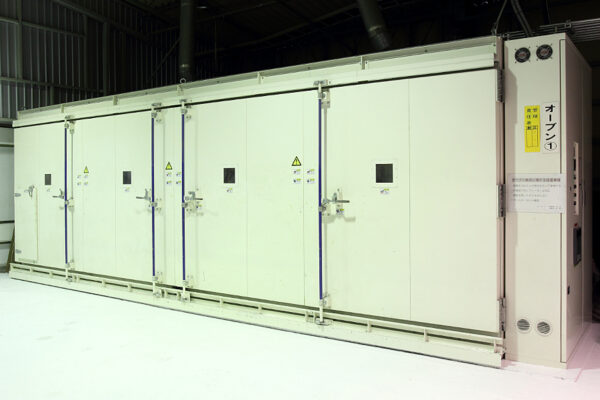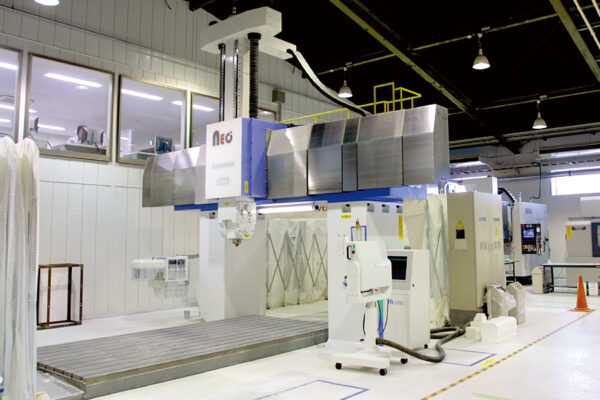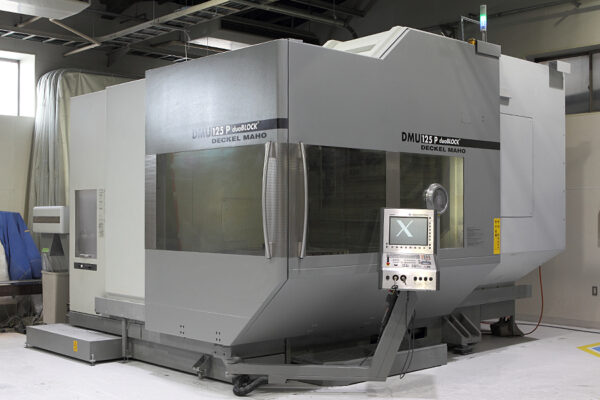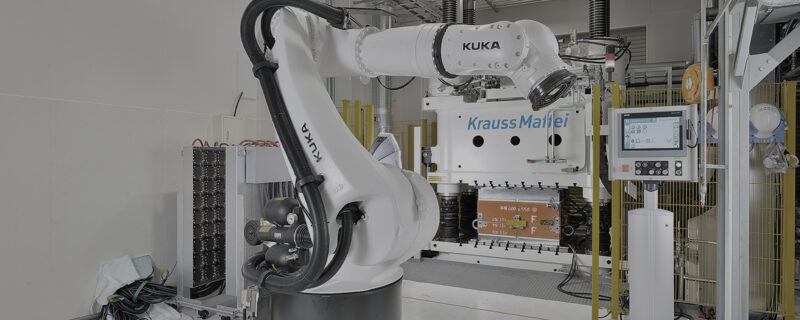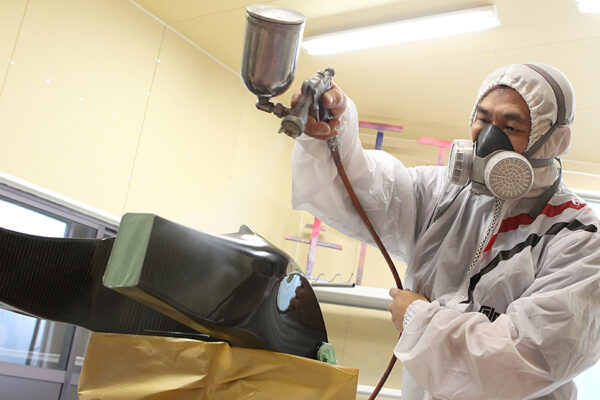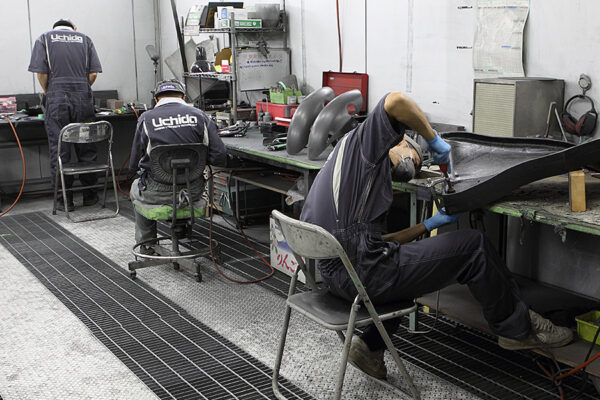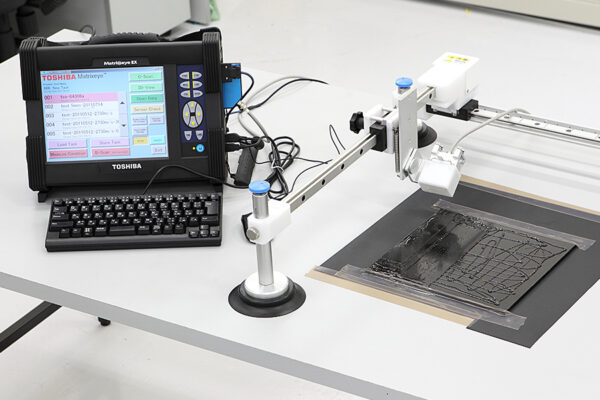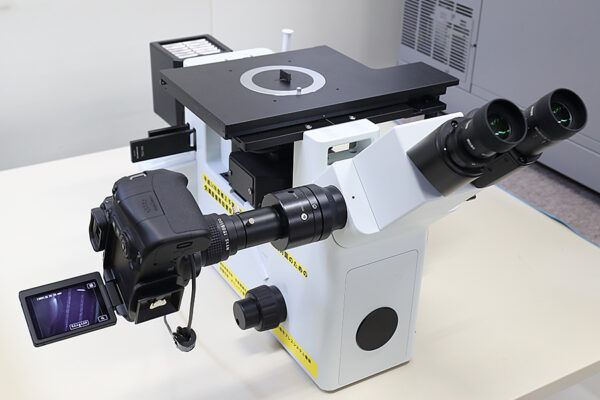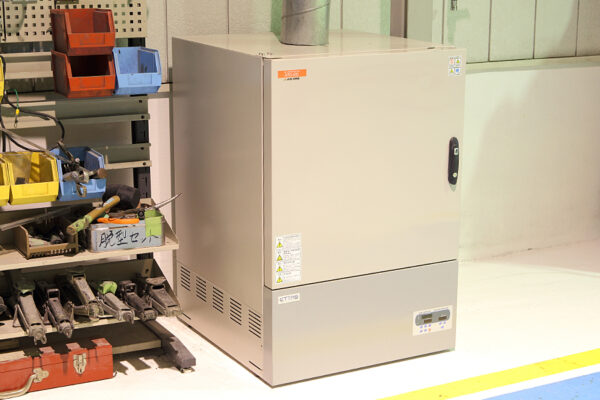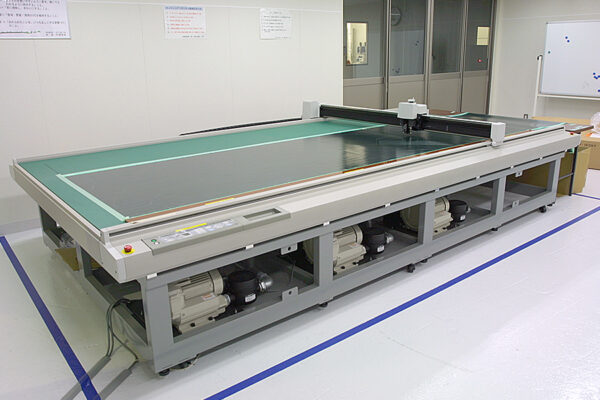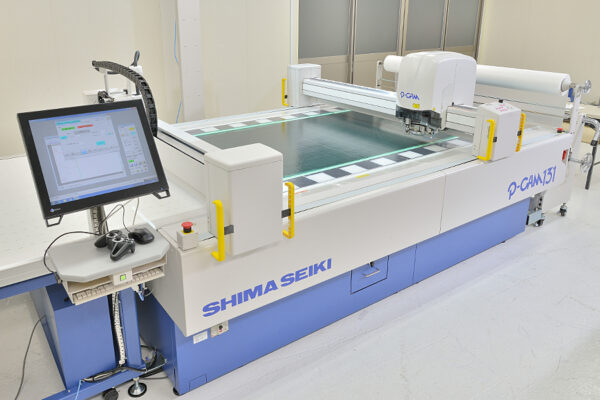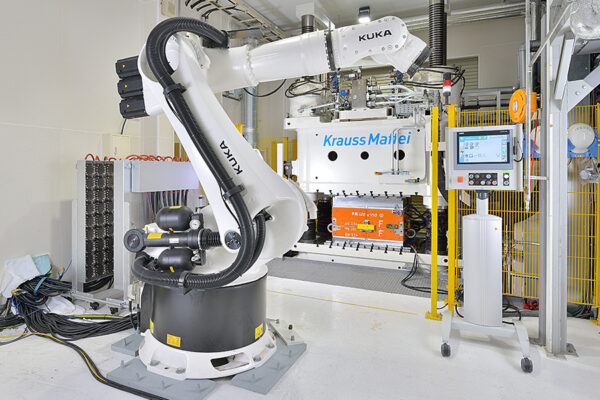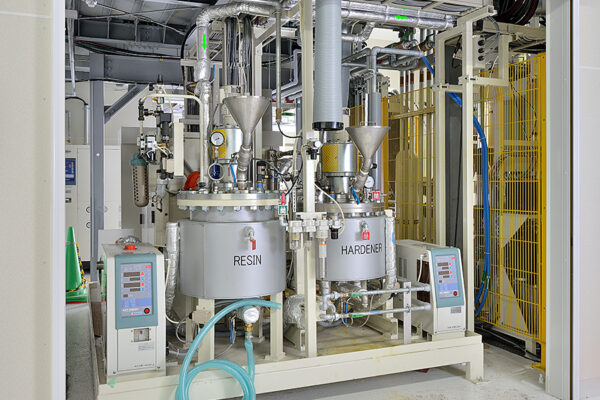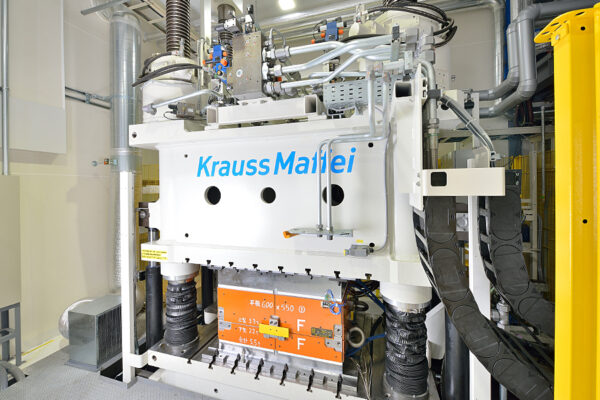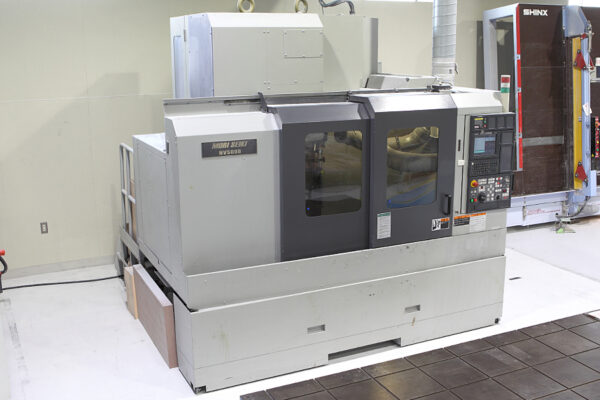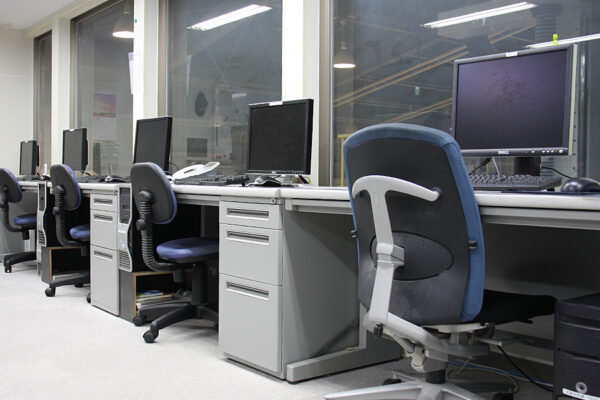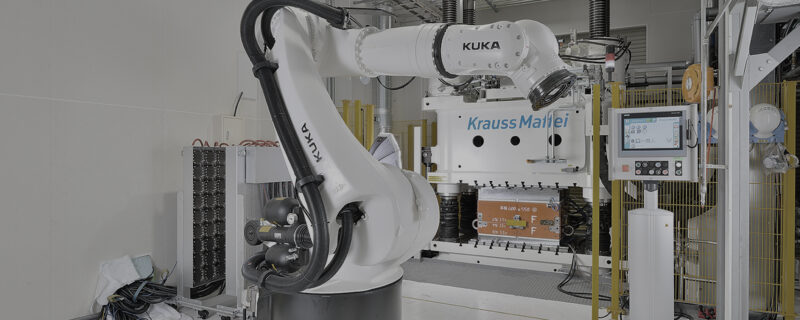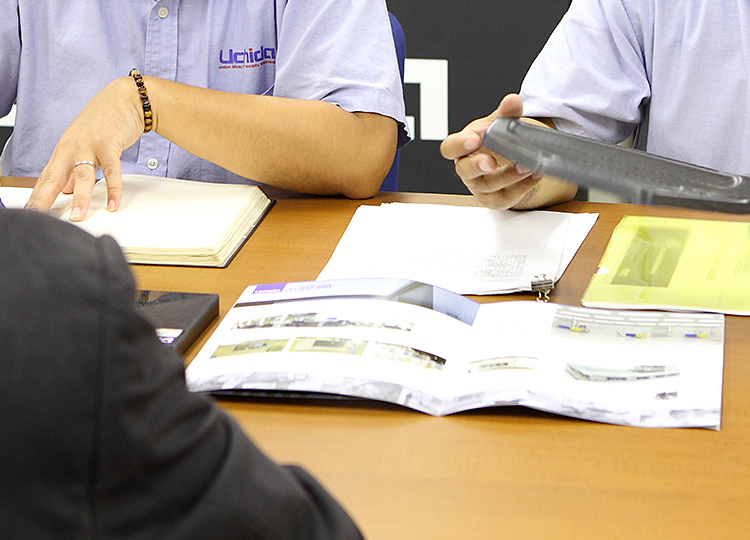Introduction
CFRP (Carbon Fiber Reinforced Plastic) is a composite material based on carbon fiber that is valued in a variety of industries for its strength and lightness. CFRP is used in numerous fields ranging from aerospace, automotive, and sporting goods to defense-related applications, where its superior performance is attracting attention. In this column, the features of CFRP will be explained in detail, and its advantages and applications will be introduced.

Basic Structure of CFRP
CFRP is a composite material that combines carbon fiber and resin (polymer). Carbon fiber has extremely high tensile strength, which greatly increases the strength and rigidity of CFRP as a whole. Resin serves to solidify the carbon fiber, improving moldability and protecting it from external shock and vibration.
CFRP Features
Lightweight
CFRP’s greatest feature is that it is extremely lightweight compared to metals with the same strength. For example, it is about 1/4 the weight of aluminum and 1/6 the weight of steel, making it possible to reduce the weight of structures. This characteristic is particularly important in the aircraft and automotive industries, where it contributes to improved fuel efficiency and performance.
– Aerospace: Weight reduction using CFRP improves the fuel efficiency of airplanes, enabling them to travel longer and operate more cost-effectively.
– Automotive industry: Weight reduction has a direct impact on driving performance and fuel efficiency improvement. CFRP is also used in electric vehicles to maximize battery efficiency.
High Strength and Rigidity
CFRP has very high tensile strength and rigidity due to its carbon fibers. These characteristics ensure high load carrying capacity despite its light weight. This makes it particularly suitable for use in structures that require high strength.
– Sporting goods: Used in bicycle frames, golf clubs, and tennis rackets, CFRP is an ideal material that combines high strength and light weight.
– Aerospace: Used in aircraft structural components and engine parts, CFRP provides a balance between lightweight and strength.
Corrosion Resistance
CFRP is extremely corrosion resistant compared to metals. It exhibits excellent resistance to moisture and chemicals, and will not corrode or rust even after long-term use. These characteristics make it suitable for use in harsh environments.
– Marine Industry: CFRP used in ships and offshore structures is very useful to prevent corrosion caused by seawater.
– Chemical plants: CFRP is also used in some industrial equipment because of its ability to withstand chemicals and hot, humid environments.

high elastic modulus (Young’s modulus)
CFRP has a high elastic modulus and is not easily deformed. This is especially important in structures where vibration must be suppressed. Vibration suppression improves machine stability and provides long-lasting performance.
– Automobiles: High modulus of elasticity contributes to improved vehicle stability and driving performance.
– Aircraft: By creating a structure with less vibration, it improves maneuverability and comfort.
freedom of design
CFRP has excellent formability and can be processed even for parts with complex shapes. By adjusting the direction of the fibers, it is possible to provide strength in a specific direction for optimal design. This makes it suitable for products that require complex designs.
– Automobiles and aircraft: The use of CFRP allows for more efficient and advanced designs as well as weight reduction.
– Sporting goods: Designing for specific strength areas can maximize the performance required for sporting goods.
CFRP Application Areas
The outstanding characteristics of CFRP are utilized in a wide variety of industrial fields. The following are typical application areas:
– Aerospace Industry: CFRP, with its light weight and high strength, is widely used in aircraft structural components, engine parts, and interior materials. It contributes to improved fuel efficiency and reduced operating costs.
– Automotive Industry: CFRP, with its combination of light weight and high strength, is used in sports cars, electric vehicle parts, and even racing car chassis and frames.
– Sporting goods: CFRP is also used in sporting goods such as bicycle frames, golf clubs, and tennis rackets to achieve both lightweight and strength.
– Defense: CFRP, with its high strength and light weight, is also used in military applications, where it is particularly important as a material for aircraft and bulletproofing.

Conclusion
CFRP is finding applications in a variety of fields due to its properties such as light weight, high strength, corrosion resistance, and high design freedom. From the aircraft and automotive industries to sporting goods and even the defense sector, CFRP is demonstrating its superior performance and contributing to improved performance and cost reduction. In the future, demand for CFRP is expected to further expand and more advanced technologies will be developed.
Related useful contents
You can explore related content by clicking on a topic of interest.
ABOUT UCHIDA - 55 years since our founding
We leverage a wealth of technical expertise as a CFRP molding and processing manufacturer using FRP, GFRP, and CFRP materials. We offer a one-stop solution, encompassing design, analysis, manufacturing, secondary processing, assembly, painting, quality assurance, and testing.
UCHIDA's equipment
We have cutting-edge equipment to ensure that we can address even the most advanced challenges of our customers.
Video Library
In the following video, we provide a detailed overview of our manufacturing process. Please feel free to watch and learn more.


